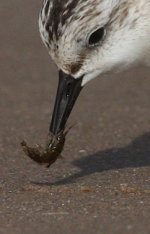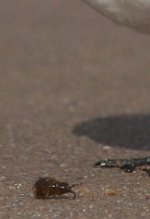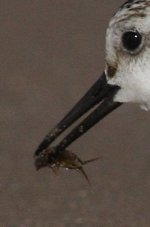gradders52
Well-known member
Watching Sanderling on Rossall Beach I photographed one feeding, only trouble is I don't know what it found. Wondered if anyone could enlighten me, see photos.
images say as much as I can
thanks
g
images say as much as I can
thanks
g






